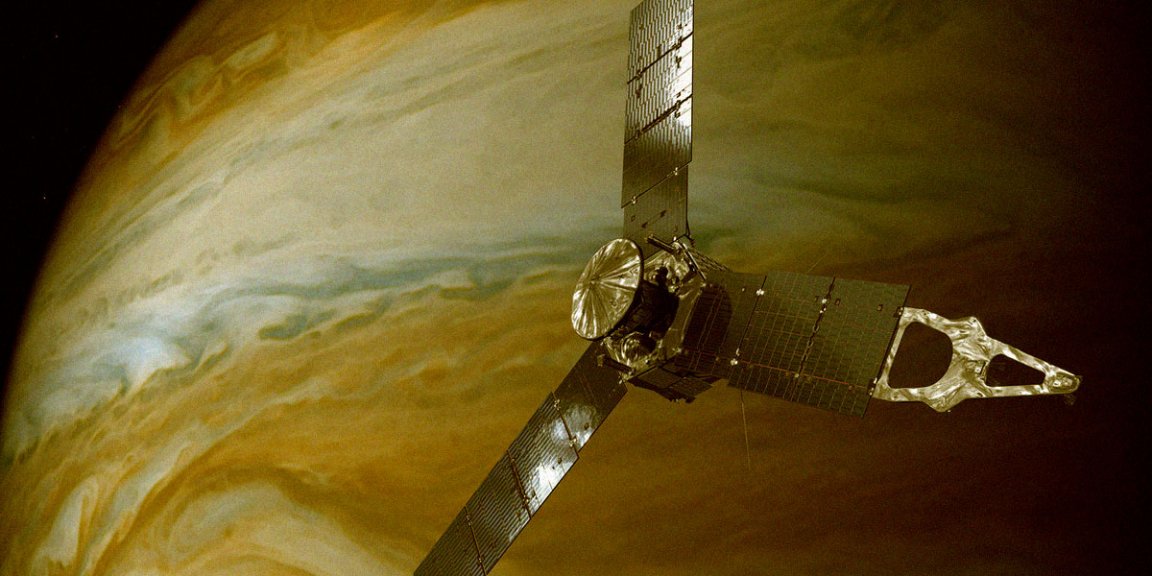
NASA’s Juno spacecraft took two stunning images of Jupiter’s largest moon Ganymede during a June 7 flyby.
It’s the closest flyby of the moon in more than two decades, according to NASA, a rare and tantalizing glimpse at the largest moon in the entire solar system — which also happens to be one of the best places to look for signs of life thanks to its icy crust.
The flyby could also allow scientists to gain new insights into the moon’s composition, magnetic field, and ice shell.

The spacecraft was meant to commence its death dive into Jupiter, but the mission was extended through 2025. It is now finishing its primary mission to probe Jupiter’s deep interior, as The New York Times reports.
“We are going to take our time before we draw any scientific conclusions, but until then we can simply marvel at this celestial wonder — the only moon in our solar system bigger than the planet Mercury,” said Juno principal investigator Scott Bolton of the Southwest Research Institute in San Antonio, in a statement.

The two images, taken by Juno’s JunoCam visible-light imager, show one entire side of the icy moon, providing an image resolution of 0.6 miles per pixel.
A separate black-and-white picture shows the moon’s dark side, facing away from the Sun.
“The conditions in which we collected the dark side image of Ganymede were ideal for a low-light camera like our Stellar Reference Unit,” said Heidi Becker, Juno’s radiation monitoring lead at NASA’s Jet Propulsion Lab.
“So this is a different part of the surface than seen by JunoCam in direct sunlight,” he added. “It will be fun to see what the two teams can piece together.”
Luckily, we can expect more images soon of the same flyby.
READ MORE: See the First Images NASA’s Juno Took As It Sailed by Ganymede [NASA]
More on Juno: NASA Reportedly Detects Signal Coming From One of Jupiter’s Moons